Lighting serves as the silent conductor in the symphony of learning, shaping the ambiance, focus, and productivity within educational spaces. From illuminating the pages of textbooks to setting the mood for creative exploration, lighting plays a crucial role in supporting young minds and fostering an environment conducive to learning. As schools strive to create engaging spaces for students, understanding the various types of lighting options available becomes paramount.
In this article, we explore diverse lighting solutions used in schools, from harnessing the power of natural light to embracing the efficiency and versatility of modern artificial lighting technologies. Join us as we shed light on the world of school lighting options, illuminating pathways to enhanced educational experiences.
Natural versus Artificial Lighting
School lighting involves both natural and artificial sources, each serving its purpose. Natural lighting refers to the light that comes from the sun, streaming through windows and skylights. It provides warmth, brightness, and varying colors throughout the day, positively impacting mood and alertness. On the other hand, artificial lighting is created using sources like LED or fluorescent lights. It ensures consistent illumination regardless of weather or time of day, offering flexibility and control over lighting levels in indoor spaces. This combination provides optimal lighting for a range of activities, from reading and writing to science experiments and art projects.
Why Lighting Matters in Schools
The type of lighting in schools can significantly impact the learning and working environments for both students and teachers. Adequate lighting enhances visibility, making it easier to read, write, and engage in various activities without straining the eyes. Moreover, the quality of lighting influences mood, behavior, and overall well-being. Proper lighting can create a stimulating atmosphere that promotes alertness, focus, and productivity, while inadequate or poor-quality lighting may lead to discomfort, fatigue, and decreased performance. By choosing the right lighting solutions, schools can create optimal environments that support learning, creativity, and overall student success.
Types of Lighting in Schools
- Natural Lighting: Also known as daylighting, natural light reduces the need for artificial illumination while creating a pleasant learning environment. It has been shown to boost mood, enhance alertness, and improve academic performance.
- LED Lighting: LED lights are gaining popularity in schools due to their energy efficiency and long lifespan. They provide excellent color rendering, making them ideal for tasks that require accurate color discrimination, such as art and design.
- Fluorescent Lighting: While traditional fluorescent lights have been used in classrooms for decades, newer models offer improved color rendering and reduced flicker. They are energy-efficient and provide diffuse light suitable for covering large areas effectively.
Choosing the Right Lighting
The choice between LED and fluorescent lighting often depends on factors such as budget, energy efficiency goals, and specific lighting needs. LED lights offer superior energy efficiency and color rendering, while fluorescent lights provide a cost-effective option. Proper lighting is essential for creating a productive learning environment in schools. By understanding the basics of school lighting and choosing the right options, educators can create spaces where students thrive academically and emotionally.
Action Services Group offers lighting expertise to help provide the best learning environment for students. Contact us today by calling 610-558-9773, emailing [email protected] or scheduling a call. Let’s brighten up our classrooms and illuminate the path to success!



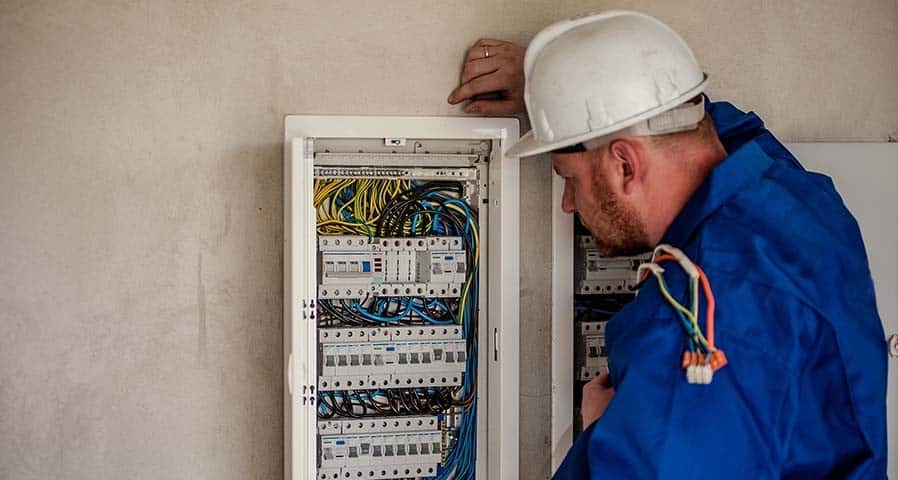

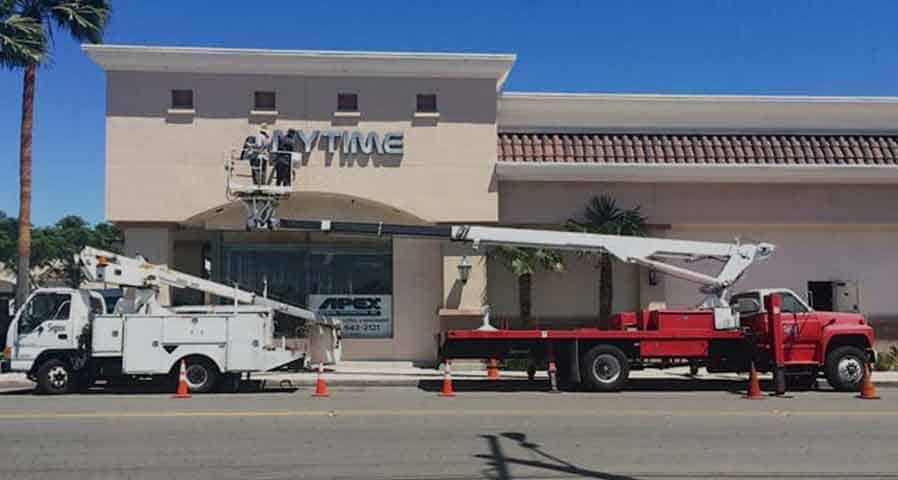

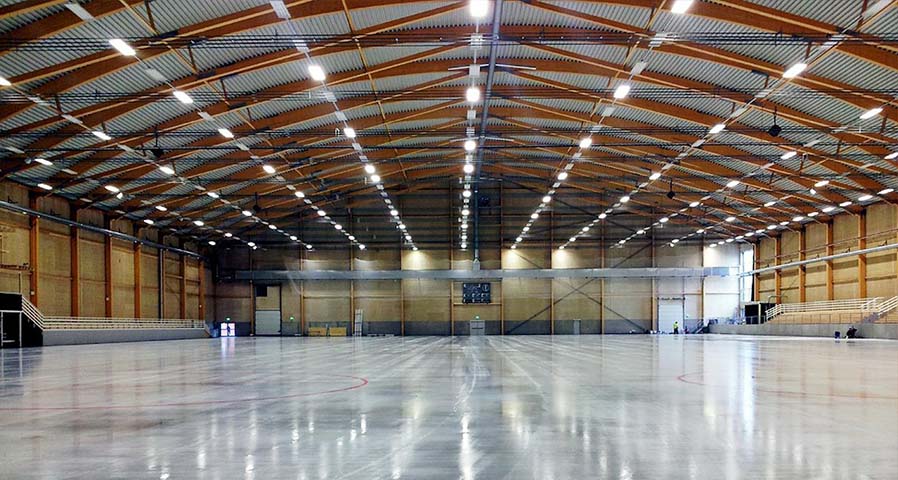
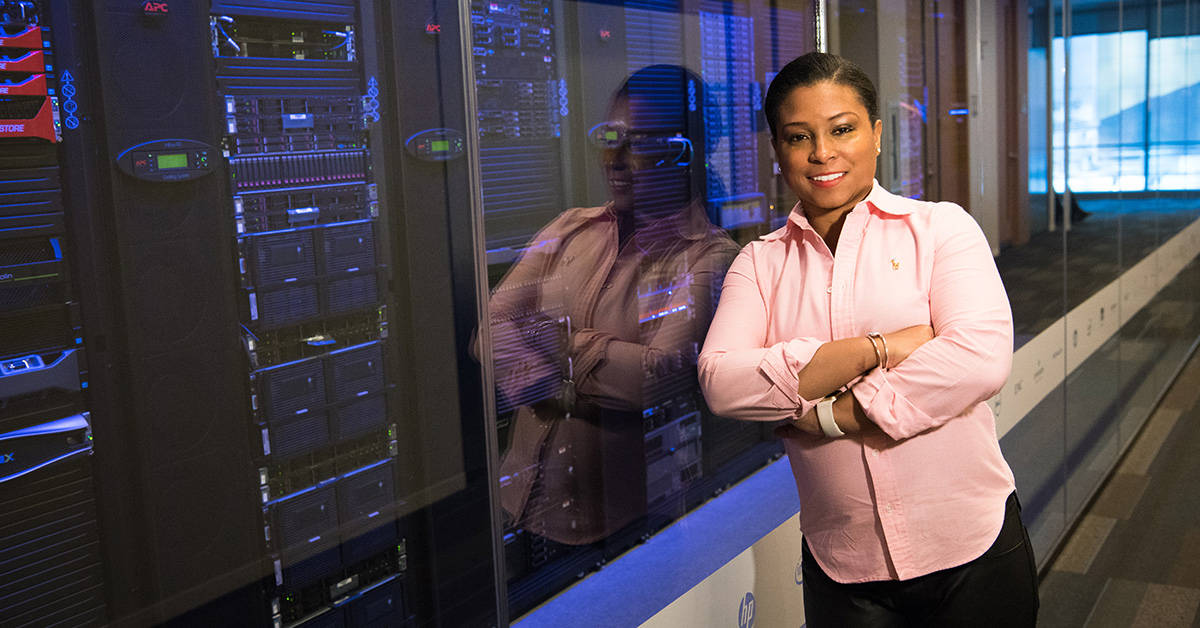







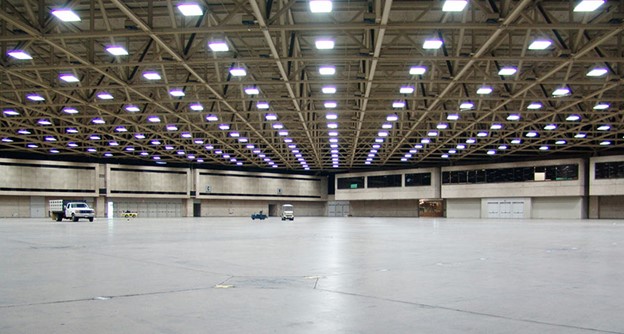
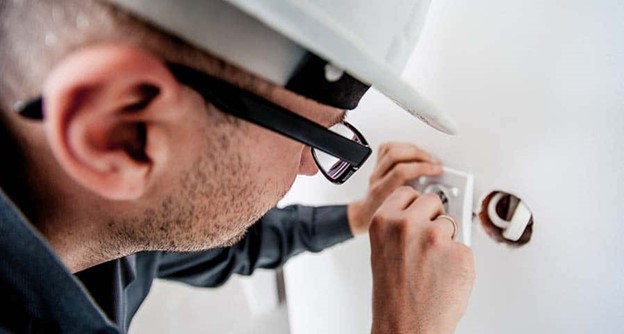

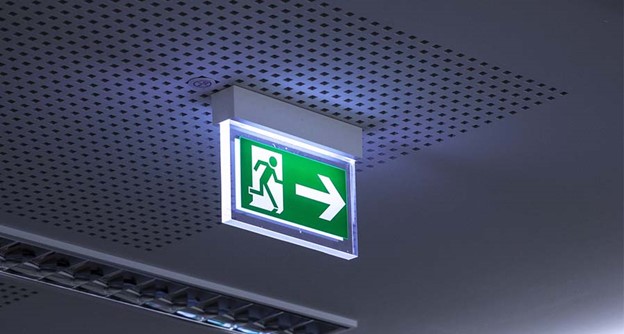
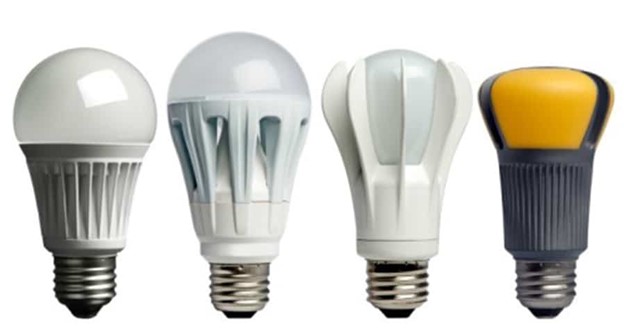
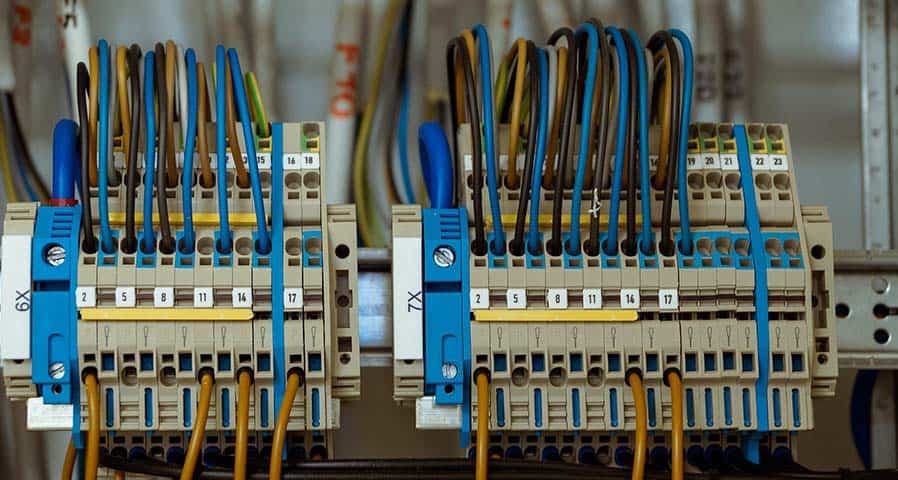



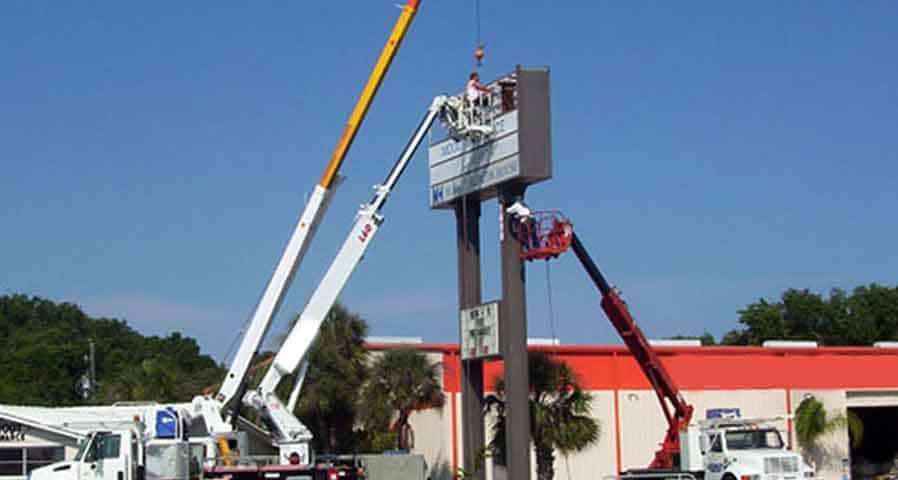

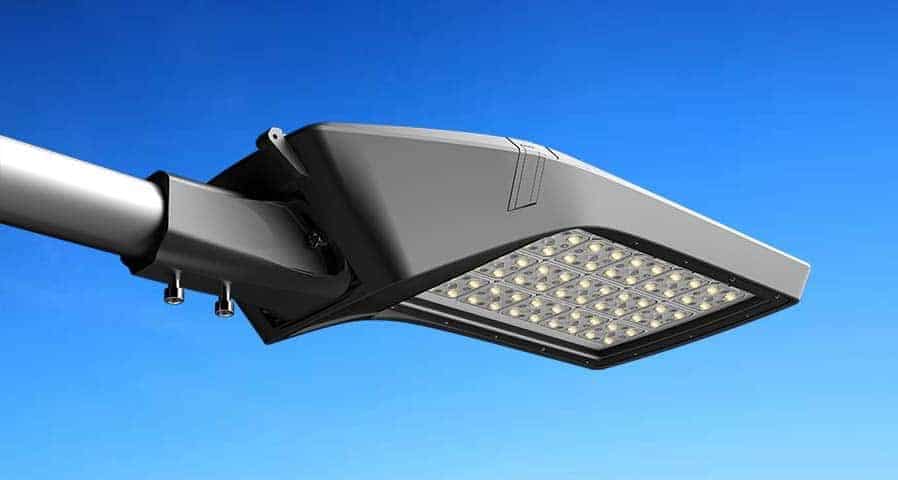

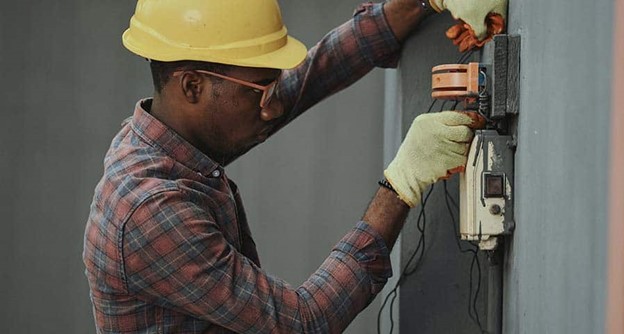
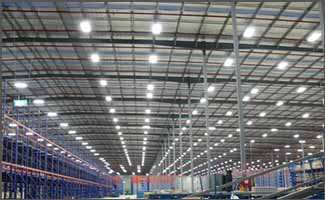
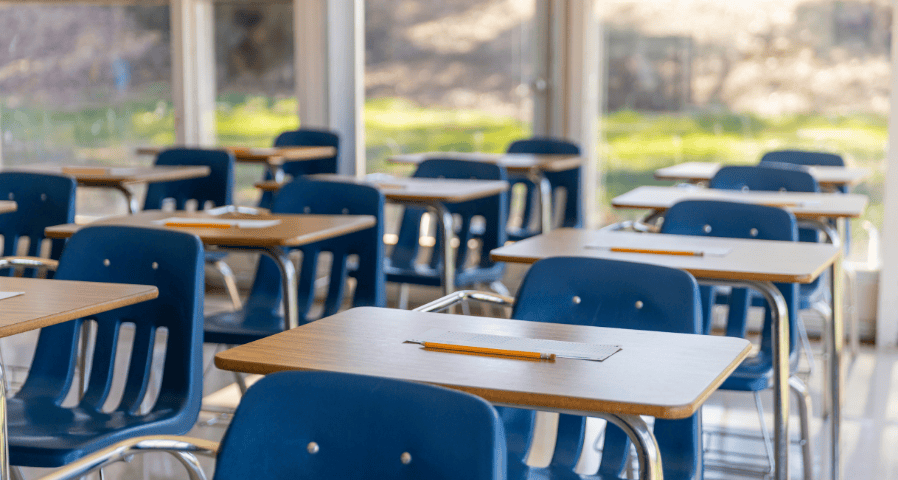


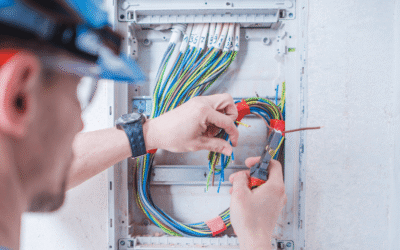
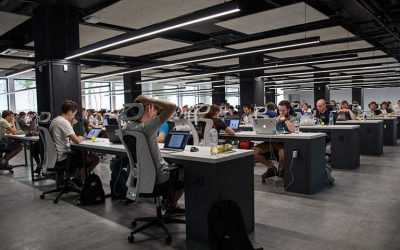
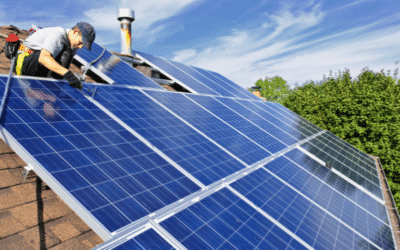


0 Comments